The new trade measures implemented by the European Commission are being regarded as a long-awaited step to strongly protect the European steel sector from unfair imports into the EU market due to global overcapacity, fully in line with World Trade Organization (WTO) rules. The provisions announced by the Commission address the needs of European steel producers and workers, offering a genuine lifeline to the sector. EUROFER, the European Steel Association, emphasizes that the European Parliament and the Council should urgently approve this proposal to ensure its entry into force at the beginning of 2026.
EUROFER Director General Axel Eggert welcomed and fully supported the Commission’s new steel trade measure proposal: “This is a significant step to defend the sector and clear evidence that the Steel Strategic Dialogue initiated by President von der Leyen is starting to bear fruit. We are grateful for the groundbreaking work of Vice-President Séjourné and Commissioner Šefčovič in implementing the most urgent item of the Steel and Metals Action Plan. This trade measure is vital not only to protect the sector and its workforce but also to safeguard the EU’s industrial independence and the backbone of the green transition.”
Eggert emphasized that, unlike the U.S. 232 steel import tariffs of 50% applied unilaterally for national security reasons, the EU measure is fully WTO-compliant and based on Article 28 of the General Agreement on Tariffs and Trade (GATT). The EU’s new system includes a Tariff Rate Quota (TRQ) allowing a reasonable amount of steel to enter Europe duty-free. The quota is set at over 18 million tons of duty-free steel, in line with 2013 market conditions before the first wave of Chinese steel imports—an amount almost equivalent to the combined steel production of France, Belgium, and Luxembourg. Only imports above the quota will be subject to a 50% tariff to prevent further deviation, and the quotas will be regularly adjusted to align with market conditions.
Eggert noted that the measure will play a critical role in increasing sustainable capacity utilization rates at steel plants: “The ultimate goal of reducing unfair imports into the EU market is to bring our steel plants back to operation with sustainable capacity utilization rates of 80–85%. Currently, our plants operate at an unsustainable 65%, leading to closures and layoffs. Recent layoffs have been announced in Finland. One-third of European steel demand is met by low-cost, high-carbon imports. This measure also provides the visibility companies need to continue investing in decarbonization.”
The Commission designed this new tool to ensure uninterrupted steel supply to Europe without significant impact on consumers. Steel derivatives and the employment they support also need urgent backing. Eggert stated, “The potential extension of the new trade measure to these products highlights its potential to serve as a guide for protecting Europe’s broader industrial value chains. In parallel, the Commission will cooperate with all relevant EU trade partners in line with WTO principles.”
The new measure also includes a “Melted & Poured” (M&P) provision to track the origin of steel, prevent indirect importation, and provide stronger protection against the effects of global overcapacity. Eggert indicated that these provisions could lay the groundwork for a new dialogue with the Trump administration: “We hope these new provisions will pave the way for a new dialogue with the Trump administration, aiming at the removal of the existing 50% tariffs on EU steel imports and forming an alliance against global overcapacity. It is now crucial that the European Parliament and the Council approve the Commission’s excellent proposal without delay so it can come into effect at the beginning of 2026. The fact that the current protection quota levels were exceeded in just two days with triple-digit numbers is a deeply concerning signal of how critical the situation has become. As highlighted at the Emergency Steel Summit we held last week with our social partner industriAll, ensuring all conditions for successful decarbonization requires that, following the new trade measures, the other key elements of the Steel and Metals Action Plan are implemented equally ambitiously. These elements include energy prices, European green-leading markets, the Carbon Border Adjustment Mechanism (CBAM), scrap exports, and quality jobs,” he concluded.


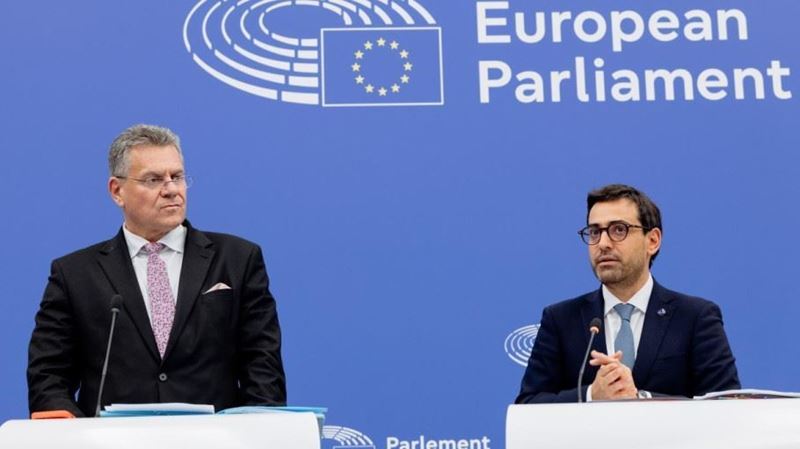
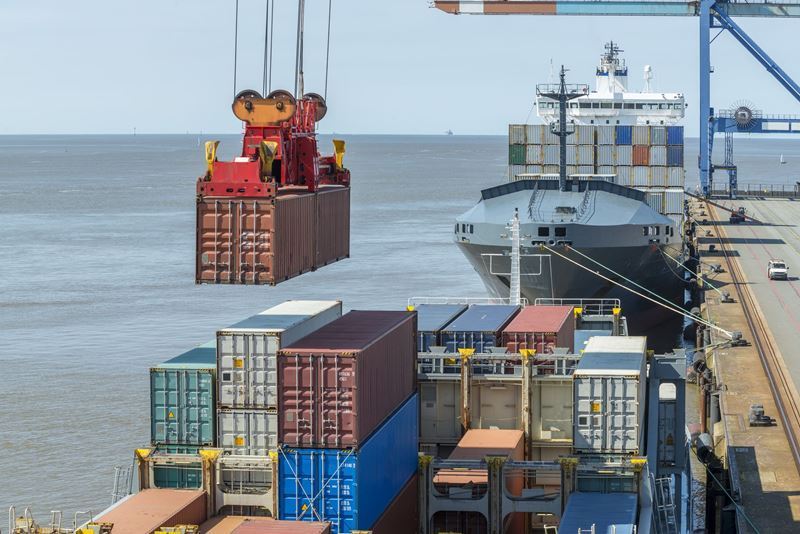
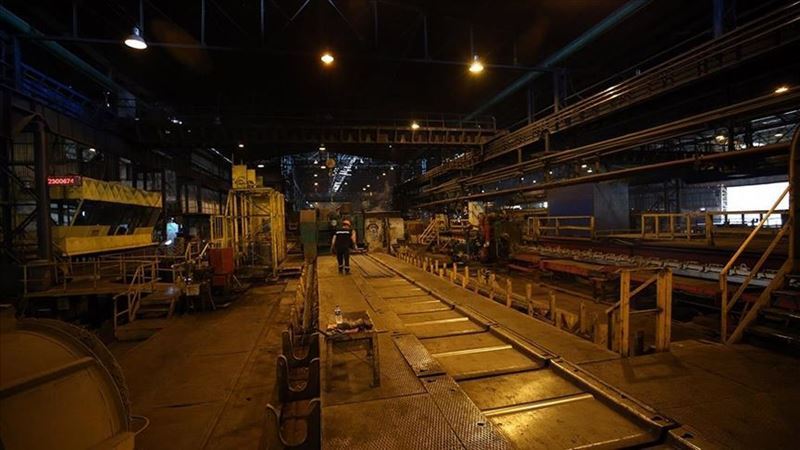
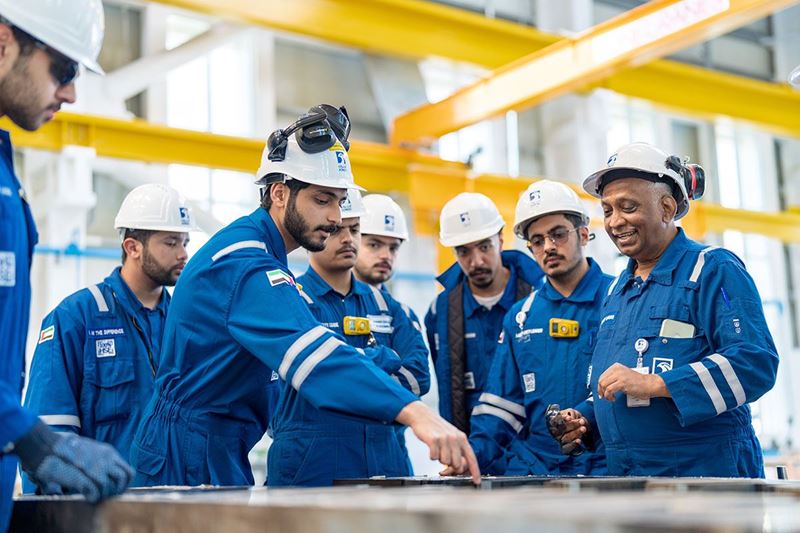
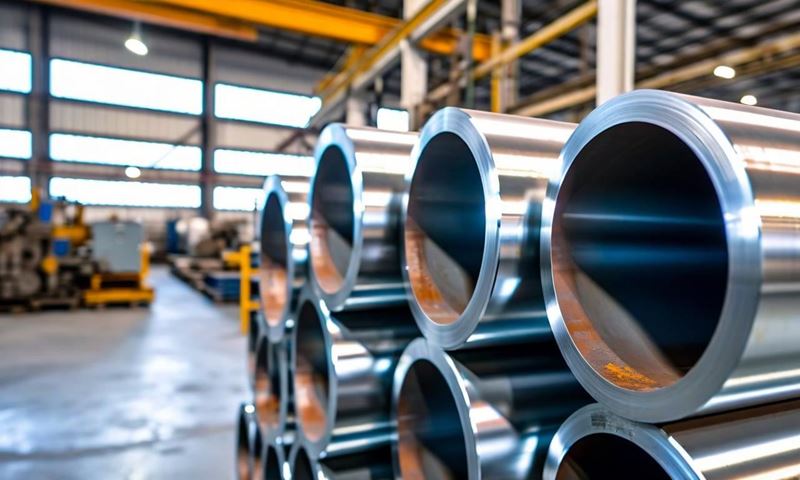
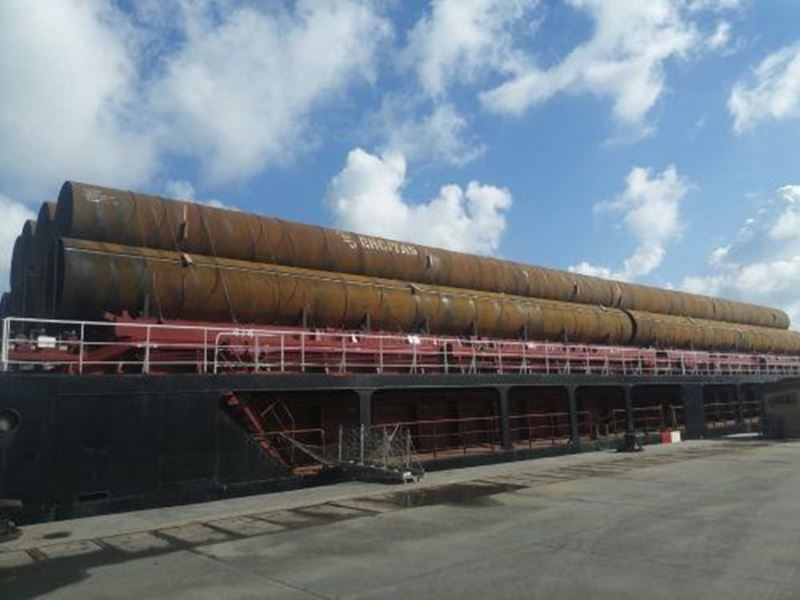

Comments
No comment yet.